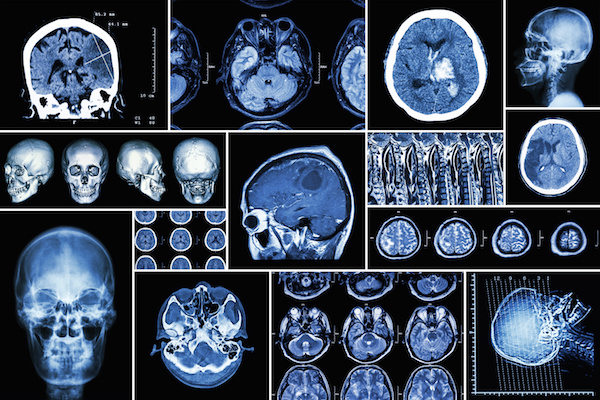THURSDAY, Oct. 20, 2016 (HealthDay News) — Human’s preference for using the right hand may have developed earlier than thought, a new study suggests.
Striations on teeth in a 1.8-million-year-old Homo habilis jaw found in Tanzania offer the earliest fossil evidence of right-handedness, according to researchers.
The striations on the lip side of the upper front teeth mostly veer from left down to right, suggesting they were made when a stone tool held in the right hand was used to cut food held in the mouth while pulling with the left hand.
Those marks suggest that this Homo habilis was right-handed and is the first potential evidence of right-hand dominance in pre-Neanderthal humans, according to the study. It was published online Oct. 20 in the Journal of Human Evolution.
“We think that tells us something further about lateralization of the brain,” said study author David Frayer, a professor emeritus of anthropology at the University of Kansas.
“We already know that Homo habilis had brain lateralization and was more like us than like apes. This extends it to handedness, which is key,” he said in a university news release.
“Handedness and language are controlled by different genetic systems, but there is a weak relationship between the two because both functions originate on the left side of the brain,” Frayer said.
“One specimen does not make an incontrovertible case, but as more research is done and more discoveries are made, we predict that right-handedness, cortical [outer brain] reorganization and language capacity will be shown to be important components in the origin of our genus,” he said.
Ninety percent of people are right-handed, while the ratio is closer to 50-50 in apes.
More information
The Smithsonian National Museum of Natural History has more on human evolution.
Copyright © 2025 HealthDay. All rights reserved.

